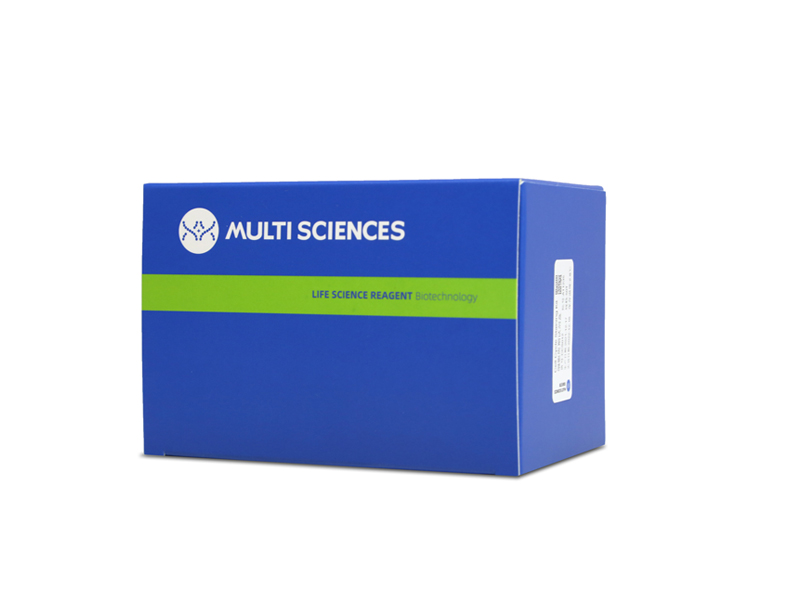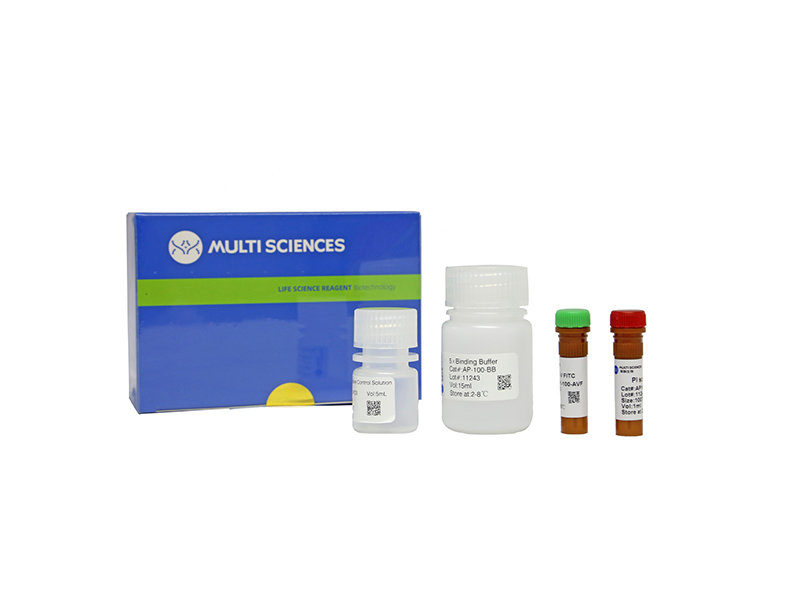Atopic dermatitis (AD) is a severe inflammatory skin disease caused by a combination of genetic, immune, and environmental factors. Intestinal microbiome disorders and changes in the immune microenvironment are associated with AD. We observed that gut bacterial metabolite enterolactone (ENL) was significantly reduced in AD model mice. Notably, patients with early childhood-onset AD exhibited decreased sera ENL level compared to the healthy controls, and the ENL level was negatively correlated with the SCORAD index. Secoisolariciresinol-diglycoside (SDG) is a natural dietary lignan of flaxseeds that can be converted by intestinal bacteria to ENL. Repeated applications of 2,4-dinitrochlorobenzene (DNCB) were performed on the ear and dorsal skin of mice to induce AD-like symptoms and skin lesions. Oral administration of SDG significantly decreased serum IgE levels and limited skin inflammation in the DNCB-induced AD mice. In addition, SDG treatment strongly limited the Th2 responses in AD mice. Moreover, we demonstrated that the IL-4 production was significantly suppressed by ENL under Th2 polarization conditions via the JAK-STAT6 signaling pathway in a concentration-dependent manner. We concluded that SDG and its derived metabolite ENL ameliorated AD development by reducing the Th2 immune response. These results suggested that SDG and ENL might be exploited as potential therapeutic candidates for AD treatment.
文章引用产品列表
-
- AT101 1165 Citations
- 凋亡试剂盒
Annexin V-FITC/PI Apoptosis Kit(细胞凋亡试剂盒-适用贴壁细胞 除C6流式细胞仪以外的流式细胞仪)
- ¥860.00 – ¥1,510.00
-
- AT107 71 Citations
- 凋亡试剂盒
Annexin V-APC/PI Apoptosis Kit (贴壁细胞专用)
- ¥1,010.00 – ¥2,090.00
-
- AP101 1755 Citations
- 凋亡试剂盒
Annexin V-FITC/PI Apoptosis Kit(适用于除C6以外的流式细胞仪)
- ¥630.00 – ¥1,280.00
-
- AP107 88 Citations
- 凋亡试剂盒
Annexin V-APC/PI Apoptosis Kit(细胞凋亡试剂盒)
- ¥780.00 – ¥1,860.00



